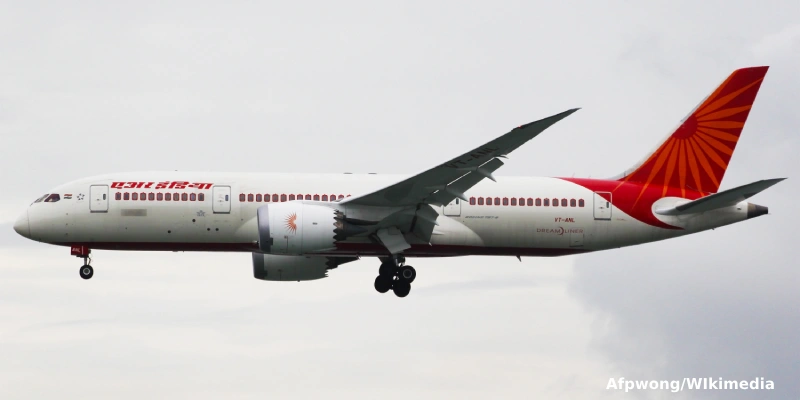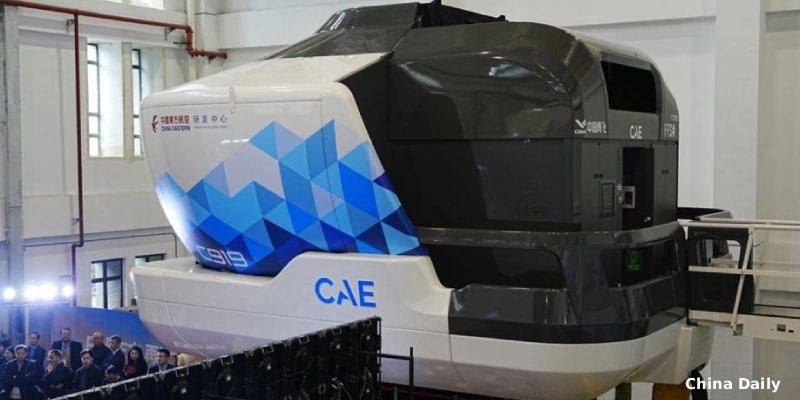Tonight’s Cagliari-Rome flight marks the end of the history of Alitalia, a worldwide symbol, after 74 years and several bailouts that have failed to keep it afloat, and the birth of a new fully state-owned airline with a fleet of 52 aircraft and which will only hire about 3,000 of the company’s 11,000 former employees.
The Airbus A320 flight that will take off at 22:05 hours from Cagliari (Sardinia) with arrival at 23.10 at Rome Fiumicino, with 177 passengers and piloted by the commander Andrea Gioia, will be the last of the Italian flag carrier, the company of the popes in 169 international trips.
→ Volotea wins tender to operate 6 routes in Sardinia.
Thus ends a history of successes, but also of continuous failures in its management, with losses of 1.8 billion euros for the State coffers, which is now once again responsible, under the watchful eye of the European Union, for another flag carrier, Italia Transporte Aereo (ITA), which can guarantee the first flights essential for connections in the country.
8,000 unemployed workers
Alitalia workers rallied again today as in the past days at the Roman airport of Fiumicino to protest the closure of Alitalia and the 8,000 people who from tomorrow will be unemployed. “Today is the last day of the company thanks to an Italian policy that has not helped us and incompetent leaders. We have protested but they have not listened to us,” Simonetta, who has worked for the company since 1990, explains to Efe, while her colleague Daniele, who has been with Alitalia for 35 years, describes the change as “a social disaster” that will affect “above all the youngest workers.” Insecurity about the future is what worries most, as Barbara, who has been with the airline for 25 years, assures: “We have found ourselves without a job from today to tomorrow, we are not old enough to retire and we don’t know what we will do. We are parents and there is fear of the future”.
Successes and failures
After the first Rome-Turin flight in 1947, Alitalia became one of the internationally preferred airlines for its attention to passengers. In 1960 it was the official sponsor of the Rome Olympic Games and in the following decades international routes were opened, especially in America and the Orient. In the mid-1990s economic problems began and the attempt of a first and failed merger with Air France, which finally took place in 1997 with the Dutch KLM. The agreement provided for the relocation of the hub from Rome-Fiumicino to Milan-Malpensa and the closure of almost all flights from Milan’s Linate airport, but in April 2000 KLM decided to terminate the alliance and the first privatization attempts began, which lasted until 2007, when the Air France-KLM offer was accepted.
→ ITA, Alitalia’s successor, will purchase 28 Airbus aircraft and lease 31.
But the following year, a step away from the final agreement, Air France withdrew because Silvio Berlusconi did not guarantee the offer of the Franco-Dutch group in case of winning the elections, as it happened. The idea of a national consortium of entrepreneurs led by Roberto Colaninno and including the Benetton group was born in 2009 CAI, the union of Alitalia and the airline Airone, with Air France-KLM as a strategic partner with 25% of the capital. In five years, the company changed three CEOs and in the last quarter of 2013 a recapitalization became necessary, already without the participation of Air France, while the state-owned Italian Post Office (Poste Italiane) entered in a subsequent capital increase, with 75 million euros.
On August 8, 2014, Etihad Airways announced the purchase of 49% of Alitalia, but only three years later Alitalia was facing a new financial crisis, which required a recapitalization and a new industrial plan, rejected by the employees. Finally, on May 2, 2017, the shareholders’ meeting approved the entry into extraordinary administration of the company, decreeing the exit of Etihad and all minority shareholders. To keep Alitalia alive, the government provided two bridge loans, of €900 million and €400 million.
A new and smaller airline
In 2020, the creation of the new company, ITA, was authorized, with the Government’s commitment to Brussels not to inject more than 1,350 million euros in capital until 2023, of which 700 million will be allocated this year. Meanwhile, ITA is still in negotiations with the unions on the conditions of the new contracts, as it is expected to start with less than 3,000 workers, which will rise to 5,700 in 2025, compared to the almost 11,000 that make up Alitalia’s workforce. The new airline will start its first operations with 52 aircraft, the result of an offer made to Alitalia’s extraordinary administration, and the fleet is expected to grow to 78 aircraft by 2022 and to 105 by the end of 2025.
Related Topics
Air India to Resume Direct Flights Between Delhi and Rome Starting March 2026
Pakistan Advances Privatization of PIA After Intense Bidding for 75% of Airline
China Eastern Becomes World’s First Airline to Receive a C919 Simulator
IndiGo Under Scrutiny by India’s Antitrust Authority After Mass Flight Cancellations

Plataforma Informativa de Aviación Comercial con 13 años de trayectoria.




